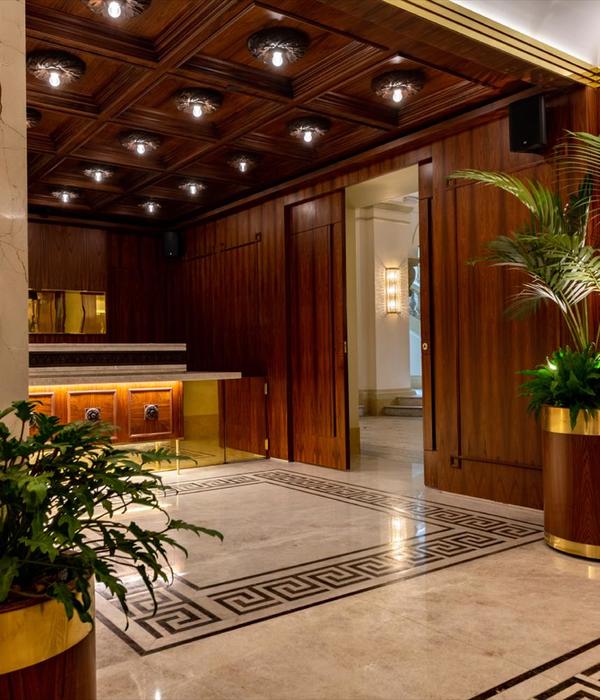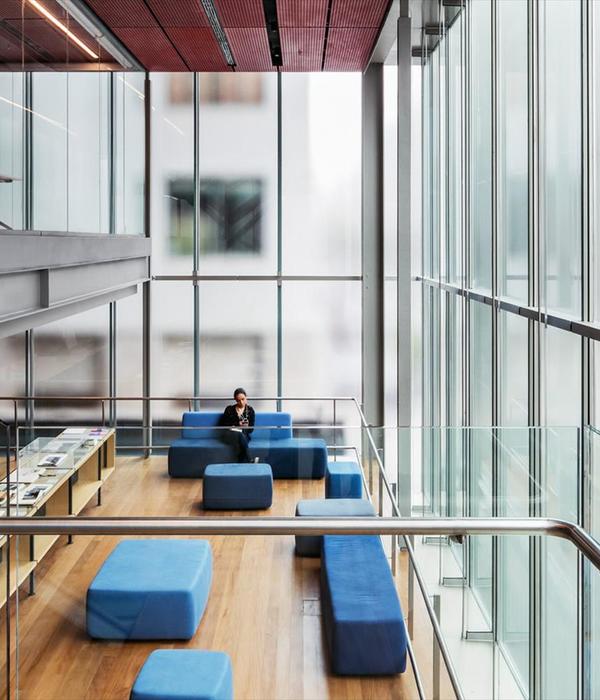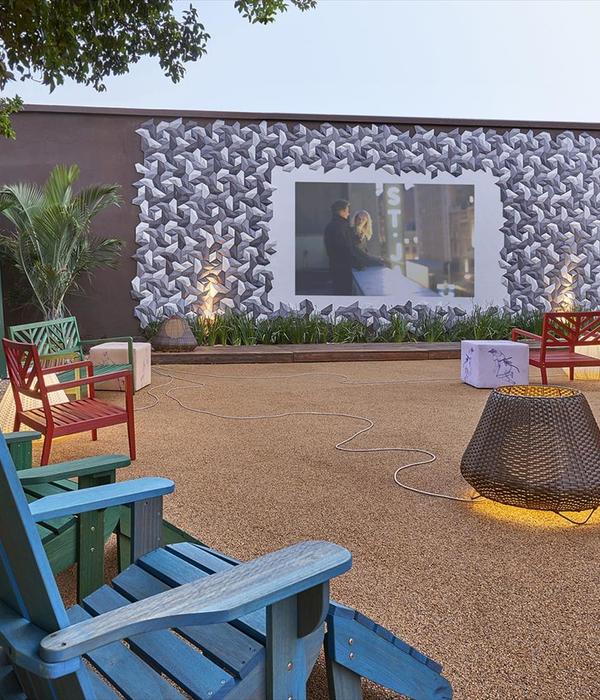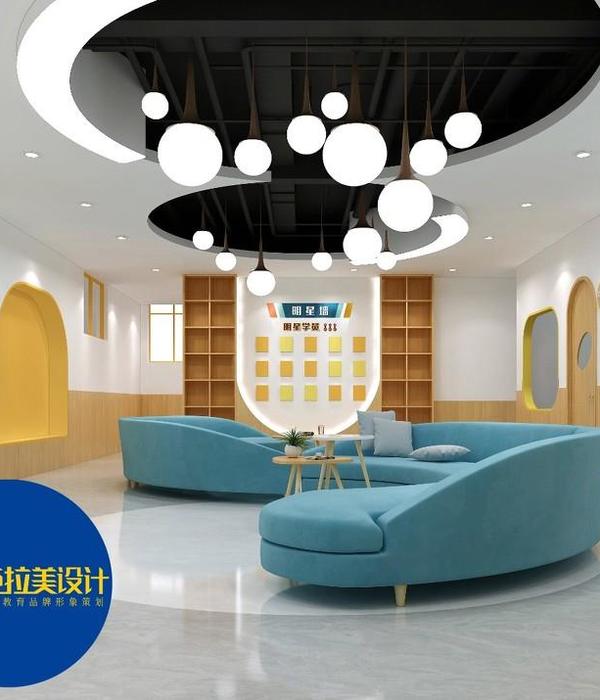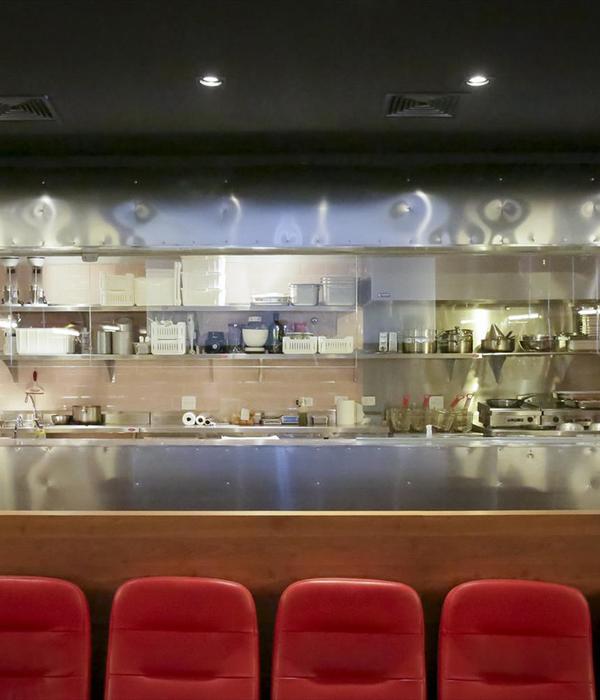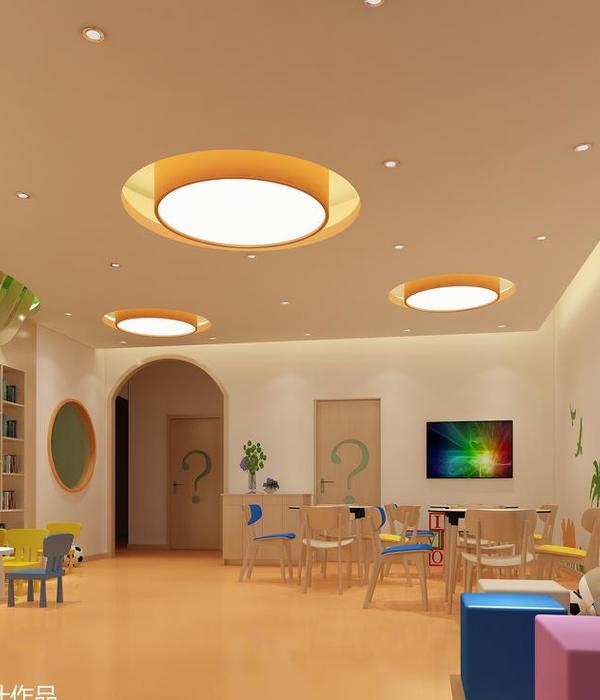The Baroque Garden, located in the old city of Heidelberg, was renovated and further developed into a “place of learning”, creating an important component of the Ruperto Carola University in Heidelberg’s Old Town Campus.
HISTORY
From 1703 to 1734, the Jesuit College was built in Heidelberg’s old town. In 1773, the Jesuit order was abolished, whereupon some parts of the college buildings were auctioned off. Then 1804, a baroque garden was presumably laid out in its courtyard. In the following years the buildings and the courtyard were used for various purposes. In 1975-78 the baroque garden is reconstructed on its original place on the basis of the plans of Schäfer (1804). Due to a wall separating the properties of the church and the university, the garden cannot be built in its originally planned form and remains a fragment in terms of its reconstruction, which showed clear deficiencies that required redesign and renovation.
CONCEPT
A garden scheme was developed that reflects the design principles of the Baroque garden. The first step was to detach the garden from the site wall and create a garden perimeter, forming a continuous circulation walk. The path is constructed using a water-bound path surface, which unites it with the existing paths to form a continuum. New space-creating pergolas are placed on the northern and southern sides of the garden, between which the garden parterre now spans in a clearly legible geometry. The pergolas, whose minimalist, reduced formal language liberates them from the baroque design language, consciously stand in the garden as independent, sculptural objects. During dimensioning and design, too dominant an element was avoided in order to respect the existing, significant historical context and to preserve the sensitivity of the place. In addition to their role as spatial accents, the pergolas are new places to stay in the garden. Furnishings create gathering places and serve as learning spaces for students. Due to the single sided access via the southeast corner, the northern pergola represents the end of the garden and is at the same time an attractive destination. The southern pergola forms a spatial filter to the forecourt of the Roman Studies Department. The forecourt is defined with graywacke stones, and forms the new entrance to the garden. The existing fountain was renovated and remains the central point in the garden. Two stone semicircles inlaid into the lawn stylise the baroque formal elements. The natural stone inlays bear the inscription “Semper Apertus | Place of Learning” and refine the garden parterre.
A multi-stemmed American Ash, highlights the independence of the forecourt and is the new courtyard tree in the baroque garden. A circular bench provides an additional gathering place.
The existing western sandstone wall was overgrown with shrubs and not visible before the redesign. It was cleared and refurbished and now forms a strong background for the garden area. The new supporting walkway exposes the entire length of the wall.
A number of shell limestone benches, with small integrated tables, provide additional places for the users of the garden to sit and learn. Along the facade of the Anglist Department, individual shell limestone seating blocks are inserted into the new yew hedge. This further expands the choice of seating.
Client: Vermögen und Bau Baden-Württemberg, Dienstsitz Heidelberg
Project location: Kettengasse backyard, Heidelberg, Germany
Design year: 2014 – 2016
Year Built: 2016 – 2017
{{item.text_origin}}

